Top 15 Smelliest Dog Breeds
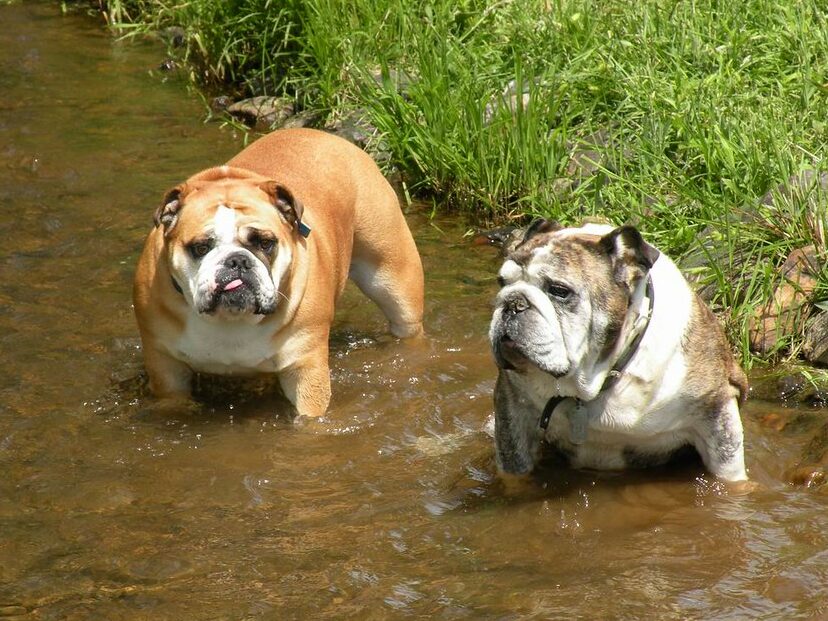
Some dog breeds tend to have a stronger natural odor than others. Whether it’s because of their coat type, skin conditions, or other factors like drooling or oily skin, certain dogs are more susceptible to having a noticeable smell. Here are 15 dog breeds known for being particularly smelly.
Basset Hound

Basset Hounds are famous not just for their long ears and droopy eyes but also for the signature “hound dog” smell that comes from their skin folds and oily coats. Their long ears drag on the ground, picking up dirt and debris, which can leadto bacterial buildup and infections if not cleaned regularly. Their droopy skin, especially around the mouth, can trap moisture and bacteria, causing a musty odor. These dogs also tend to drool, which can add to the smell, especially if their skin folds aren’t cleaned frequently.
Bloodhound
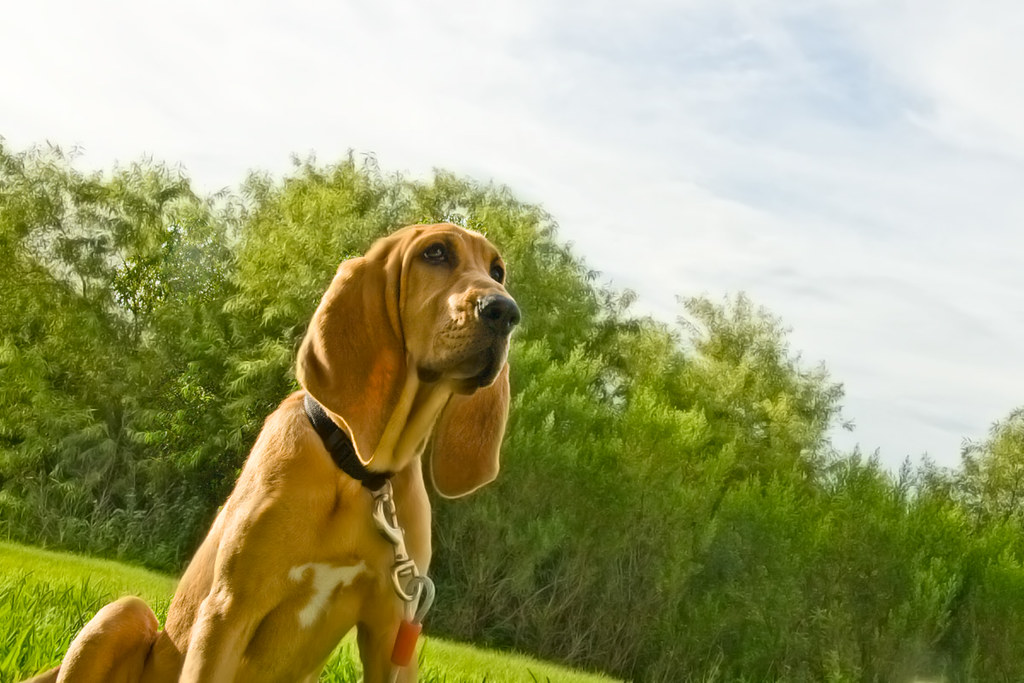
Their oily skin and droopy ears often make them susceptible to strong odors. Their coat secretes oils that help protect their skin but can also lead to an earthy, pungent smell if not maintained. In addition, their long, drooping ears can collect moisture and dirt, making them more susceptible to infections, which contribute to their odor.
English Bulldog
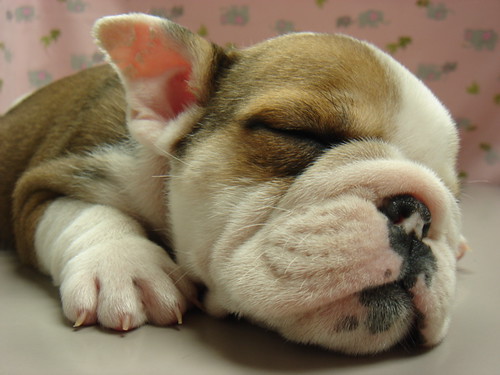
English Bulldogs are one of the smelliest breeds due to their deep skin folds, where moisture, dirt, and bacteria can easily accumulate. Their wrinkled face is a perfect breeding ground for infections if not cleaned regularly. The breed is also prone to drooling, which adds to the odor as saliva gets trapped in their folds.
Cocker Spaniel
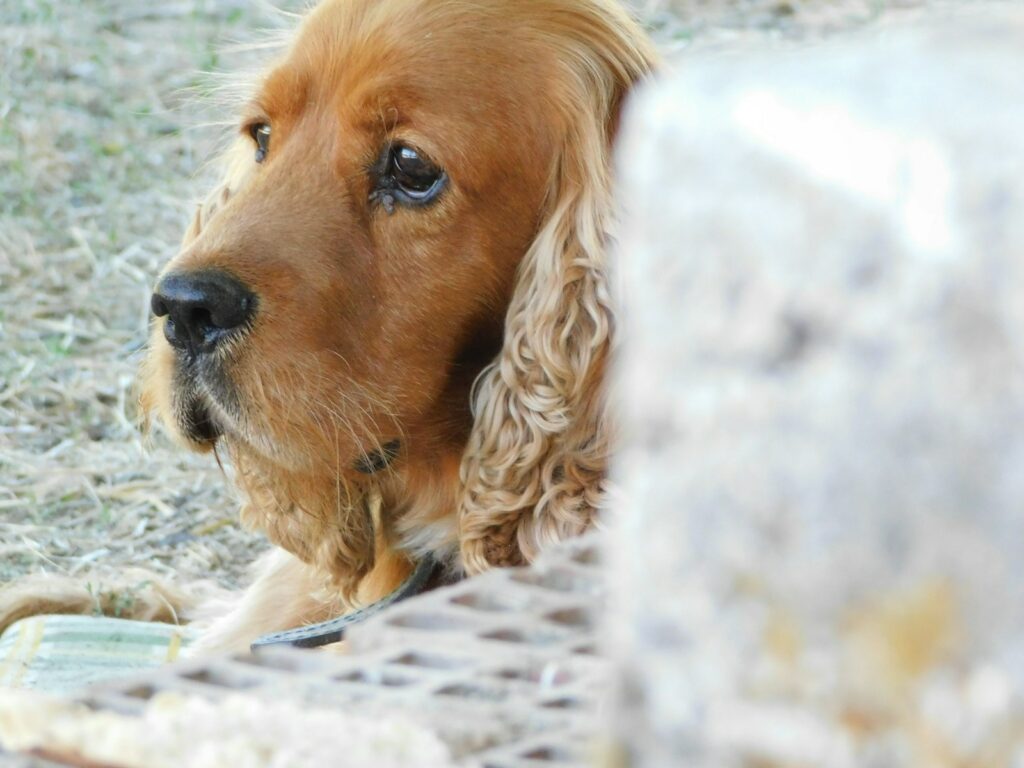
Cocker Spaniels are susceptible to a combination of issues contributing to their smell, including their long, flowing coats and floppy ears. Their dense coat can trap moisture and dirt, which, if not cleaned regularly, can lead to a strong odor. The breed is also susceptible to ear infections because their ears do not get proper air circulation, which creates a warm, moist environment for bacteria.
Saint Bernard

Saint Bernards are gentle giants, but their drooling and thick, water-resistant coats can make them quite smelly. Their slobber often drips into their fur, and their thick coat can easily trap moisture, leading to a strong odor. Saint Bernards love water and snow, but their coats take a long time to dry, which can result in a musty smell if not properly managed.
Newfoundland

Newfoundlands are another large, drooling breed with a thick, water-resistant coat. While their coat helps them thrive in water, it also traps moisture, leading to a “wet dog” smell if they aren’t properly groomed. Their drool also tends to collect in their fur, which can add to their overall odor. To manage their smell, frequent grooming is necessary, as well as regular baths using shampoos designed for thick-coated breeds.
Shar Pei

The Shar Pei’s famous skin folds are also the source of their strong odor. The deep wrinkles on their face and body are prone to trapping dirt and moisture, leading to bacterial or yeast infections, which can cause a foul smell. If their folds aren’t cleaned and dried regularly, these infections can quickly develop.
Labrador Retriever
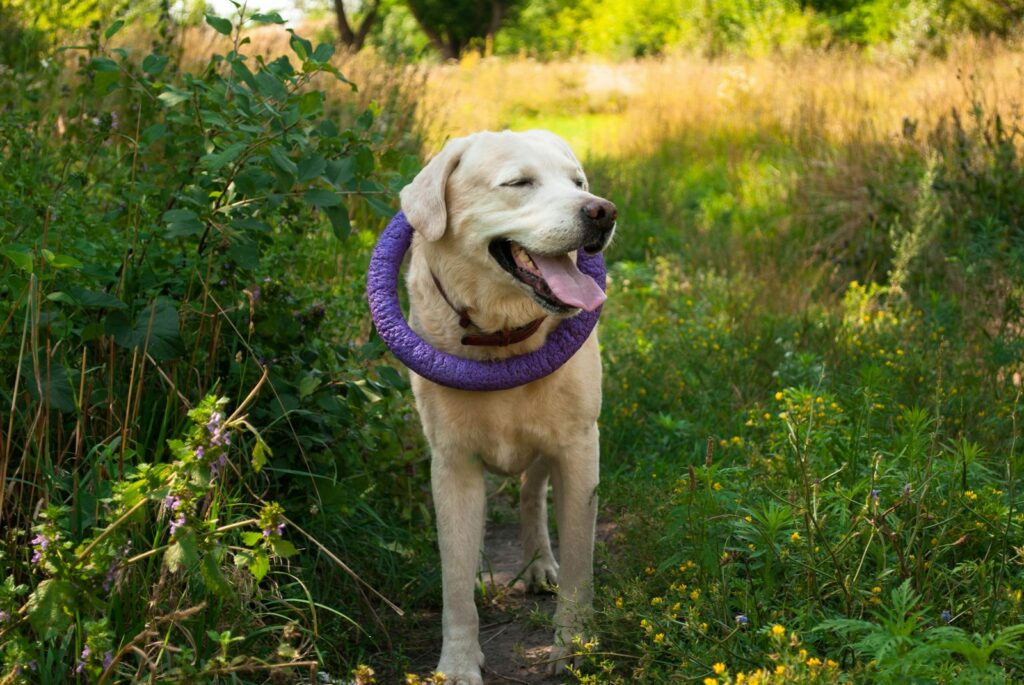
While Labrador Retrievers are generally low-maintenance dogs, their love of water can make them susceptible to a persistent “wet dog” smell. Their coats produce oils that repel water, but when they aren’t properly dried after swimming or baths, that moisture can lead to a musty odor. Regular brushing helps remove excess oils and keeps their coat healthy.
Pug
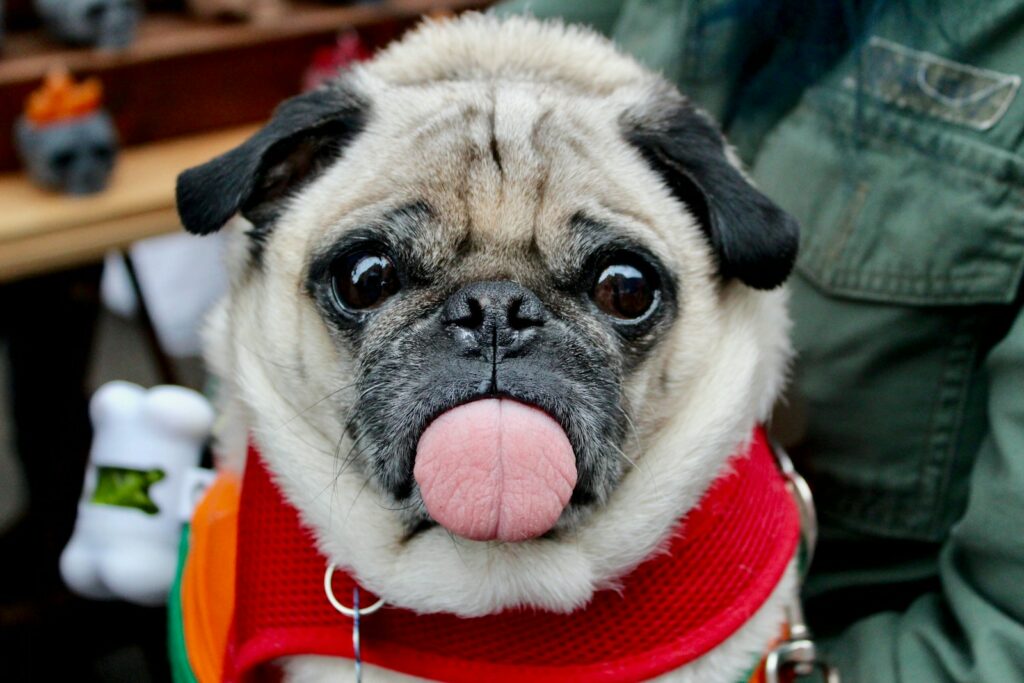
Pugs, with their adorable wrinkled faces, are prone to odors due to the accumulation of dirt, moisture, and bacteria in their skin folds. If these folds aren’t cleaned regularly, they can develop infections that result in a bad smell. In addition to their facial folds, Pugs are susceptible to dental problems, which can lead to bad breath.
Beagle
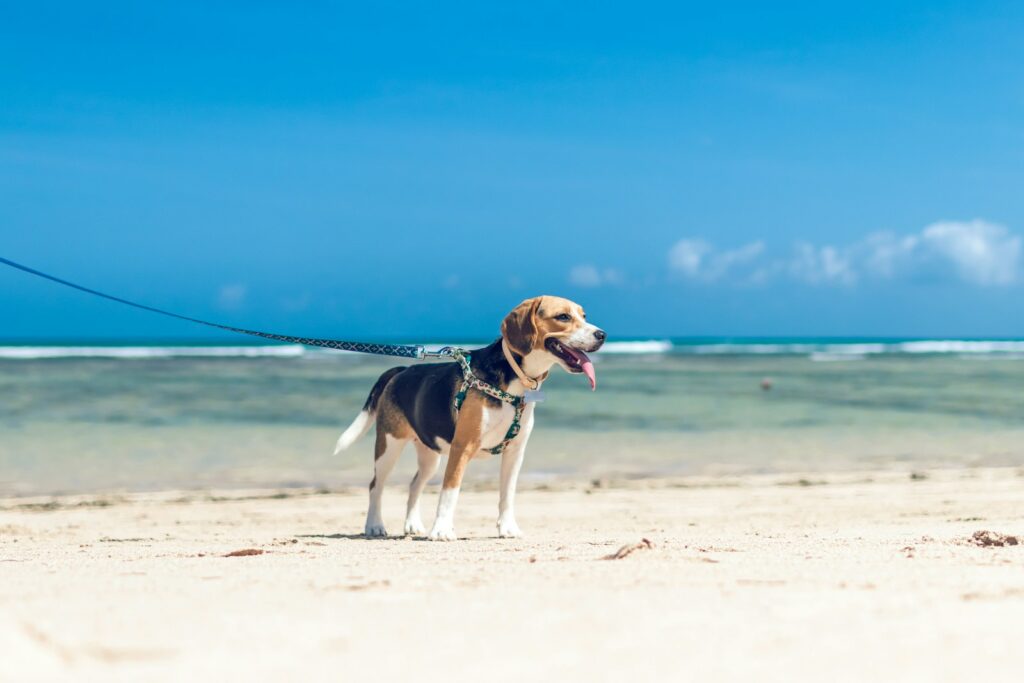
Beagles have a distinctive “doggy odor” that comes from their short, oily coat, which is designed to protect their skin while they work in the field. However, their active sebaceous glands can produce oils that accumulate dirt and bacteria, leading to a noticeable smell. Beagles are also prone to ear infections due to their floppy ears, which can add to the odor if not treated.
Boxer

Boxers may have short coats, but they can still produce a strong odor if not properly groomed. Their facial folds, especially around their mouths, can harbor bacteria and moisture, leading to a musty smell. Boxers are also known for their flatulence, which can be linked to their diet or digestive issues. Cleaning their face folds regularly and feeding them a healthy, balanced diet can help minimize odors.
Chesapeake Bay Retriever
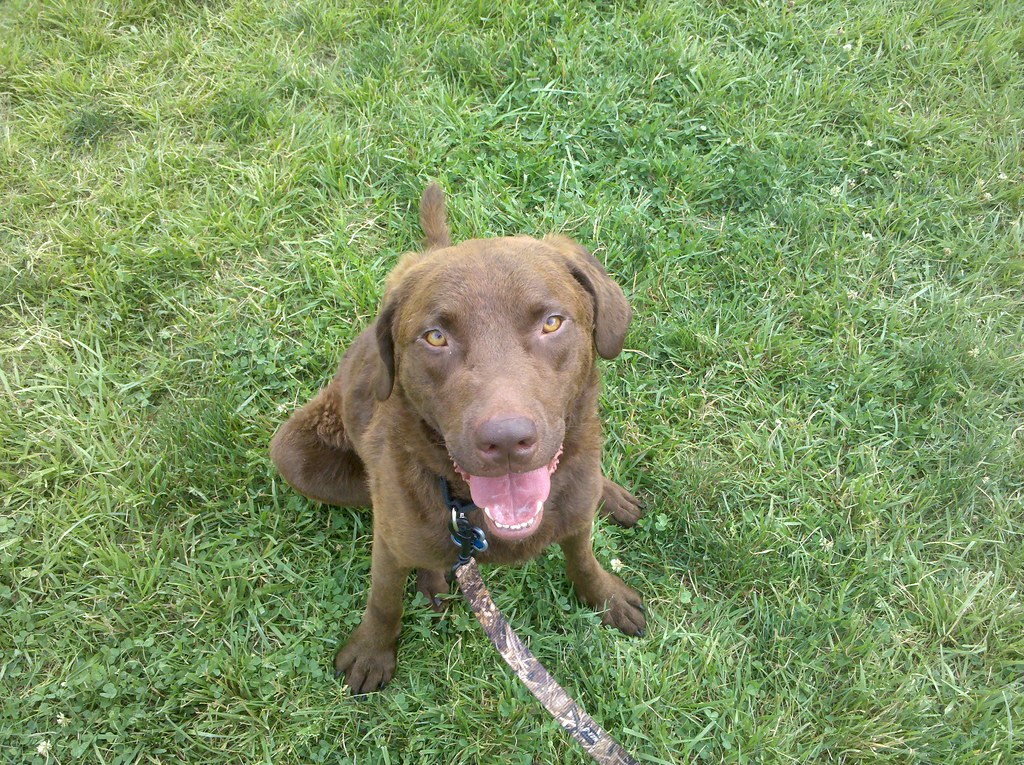
Chesapeake Bay Retrievers are built for swimming, with a water-resistant, oily coat that helps them in the water but can produce a strong, fishy odor on land. This oily coat is prone to trapping moisture and dirt, which can result in a pungent smell if not cared for properly. Regular baths, particularly after swimming, and thorough drying of their coat are essential for controlling their odor.
French Bulldog
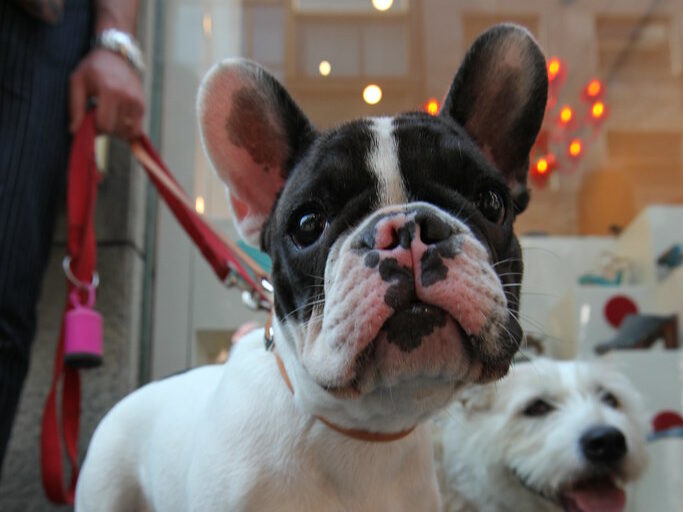
French Bulldogs have charming personalities, but their wrinkles, ears, and dental health can lead to odor problems if not properly cared for. Dirt and bacteria can accumulate in their facial folds, resulting in a strong smell if not cleaned daily. They are also susceptible to ear infections and dental issues, both of which can contribute to their overall odor.
Shih Tzu
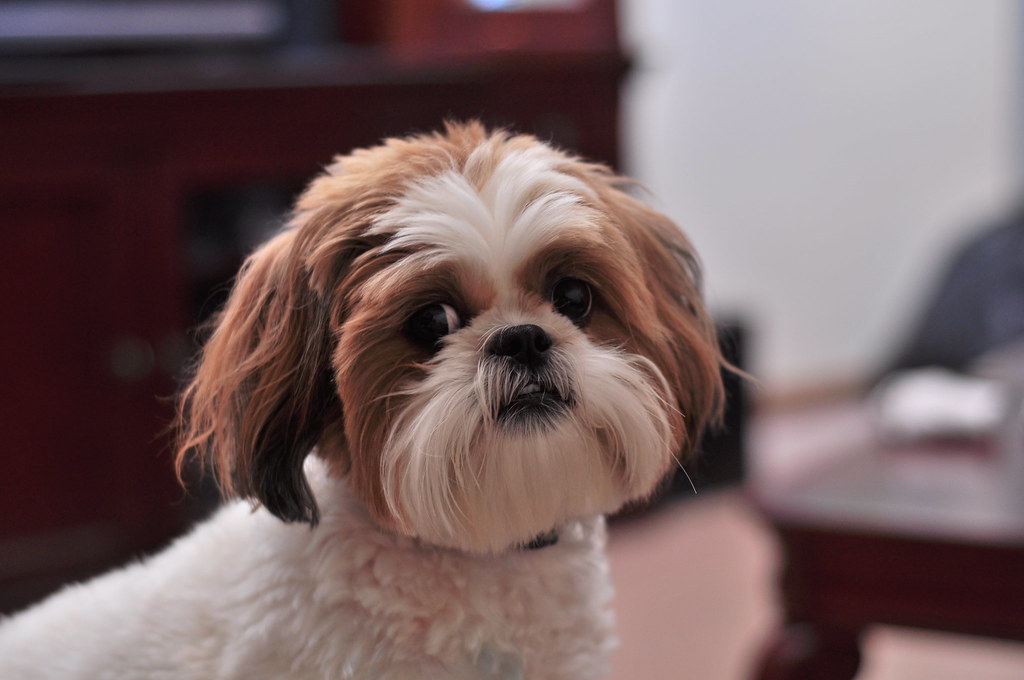
Shih Tzus have long, flowing coats that require regular grooming to avoid matting, which can trap dirt and moisture and lead to an odor. Without consistent care, their coat can become tangled, making them harder to clean. Their floppy ears are also prone to infections, which can add to their smell.
Yorkshire Terrier
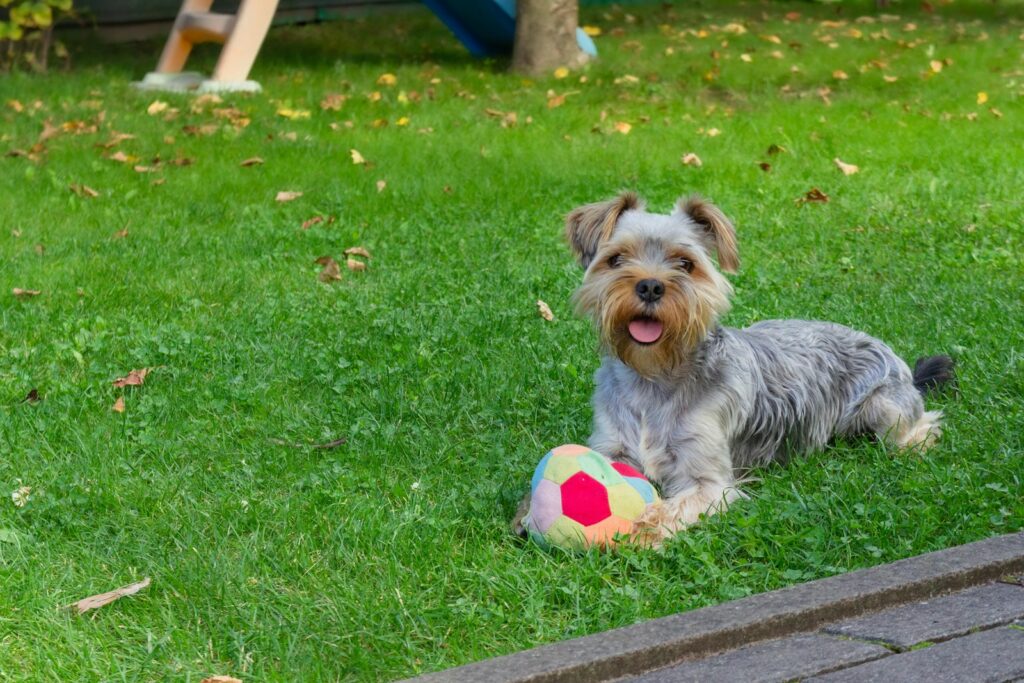
Yorkshire Terriers have fine, silky hair that can become greasy and trap dirt if not groomed regularly. Their small size means that even minor odors can be noticeable in close quarters. Additionally, Yorkies are prone to dental issues, which can cause bad breath. Regular baths, combined with brushing their teeth frequently, can help reduce odors.





